The debate surrounding when and where to enforce mask wearing is gaining momentum, with much of the debate being dominated either by those that believe it is essential to public safety, and those that see it as a civil liberties issue, with government or business doing the enforcing. In all of this one voice is being drowned out that very much needs to be heard; that of the disabled community.
As with vaccines, there is a small percentage of the population that simply cannot wear a mask. They do not have the luxury of debating the pros and cons. Since they have no choice, surely it is even more important for the rest of society to do their part and bring down the overall rate of transmission?
The idea that such people should just stay home is reminiscent of the ableism that we encountered at the start of this pandemic when the phrase “it only kills the weak and the elderly” was ubiquitous.
What about those that need to work, or have other responsibilities outside the home? Realistically how long can we expect some people to stay home while everyone else is meeting up again? This cannot be the only solution and to suggest so is therefore discriminatory. So let’s look at the other options and how business leaders can be role models of a pragmatic, measured approach in our organizations.

Address The Lack Of Awareness
The first step in inclusion is often education. I have been asked multiple times recently to explain why certain people cannot wear a mask, and this lack of understanding leads to people feeling that exemptions are actually unfair, with the attitude of “well if they don’t have to why should !?”
Allow me to explain; People with sensory processing disorder (this applies to varying degrees across most neurominorities, but tends to be acute in autism) may find the physical sensation of wearing a mask to be totally unbearable and attempts to tolerate this pain and discomfort could lead to public meltdowns and panic attacks. People who are claustrophobic or who have experienced trauma related to having their face covered are also at risk of panic attacks and emotional overwhelm. Finally, those with breathing difficulties may be triggered by a mouth and nose covering. There may be others that I have not included in this list, so be willing to listen and trust people if they tell you that mask wearing is not physically possible for them. These are genuine physical responses that are not within the persons control, it is simply not equivalent to finding masks a bit uncomfortable or impractical.

Reasonable Accommodations For Those That Cannot Wear A Mask
Making adjustments to allow for a small number of non-mask wearers is actually surprisingly simple.
My first suggestion would be to accommodate home working wherever possible, but that isn’t the only approach we should consider. Discuss with your team member if they can change their working hours to reduce their contact with others. Even a shift of a few hours earlier or later will help reduce contact and may also allow for them to travel outside of peak times.
If an employee is non-mask wearing, they could also commit to monitoring their contacts and making sure they quarantine if they have been exposed. We could make sure they are not in closed spaces with colleagues who are vulnerable. We don’t have to get into a zero sum game about whose needs are most important, balance and sensible compromise is possible.
Also look at ventilation in your work-space and if you can move workstations around to create additional distance. Consider keeping meetings and catch ups remote for the time being, or have outside meetings! My office is based in a countryside location and my colleagues and I frequently take walks instead of sitting around a table. Works well for thinking time and relationship building.
Another suggestion that will work for some but not all, is to replace masks with clear visors instead. These are actually more inclusive for Deaf people and those that rely on lip reading. In fact whilst we’re on the topic, I highly recommend the use of masks with a clear panel in the middle for this very reason.

How Will Exemptions Be Managed?
One of the larger concerns for people who cannot wear masks is the fear of persecution, or that their exemption will mean that others do not feel obligated, leading to increased risk for all.
We need to address the fear of being challenged. Research from Disability Rights UK suggested that 60% of people who cannot wear a mask fear being challenged. Some businesses have addressed this by creating exemption passes. This is an excellent solution for people that feel comfortable with the idea, but not everyone feels safe wearing something that displays their medical or psychological history. We must make allowances for this also and maintain confidentiality.
Regrettably, there is no perfect solution to this particular scenario other than to trust people with hidden conditions to do the right thing and educate those that would object. I think there’s an opportunity here to show commitment to inclusive, thoughtful leadership. The more we can increase public awareness of the importance of mask wearing while also increasing knowledge about the validity of exemptions the closer we will get to striking the right balance.
*** additional note***
I’ve been advised that you can acquire soft, bamboo fibre eco masks which are less painful for those with sensory processing disorder. This will help many!
This report by Forbes was first published Jul 4, 2020,06:06am EDT.
Nancy Doyle, Forbes
Source: forbes.com
If you want to know more about disability inclusion in your company, read the Why & How’s here.

